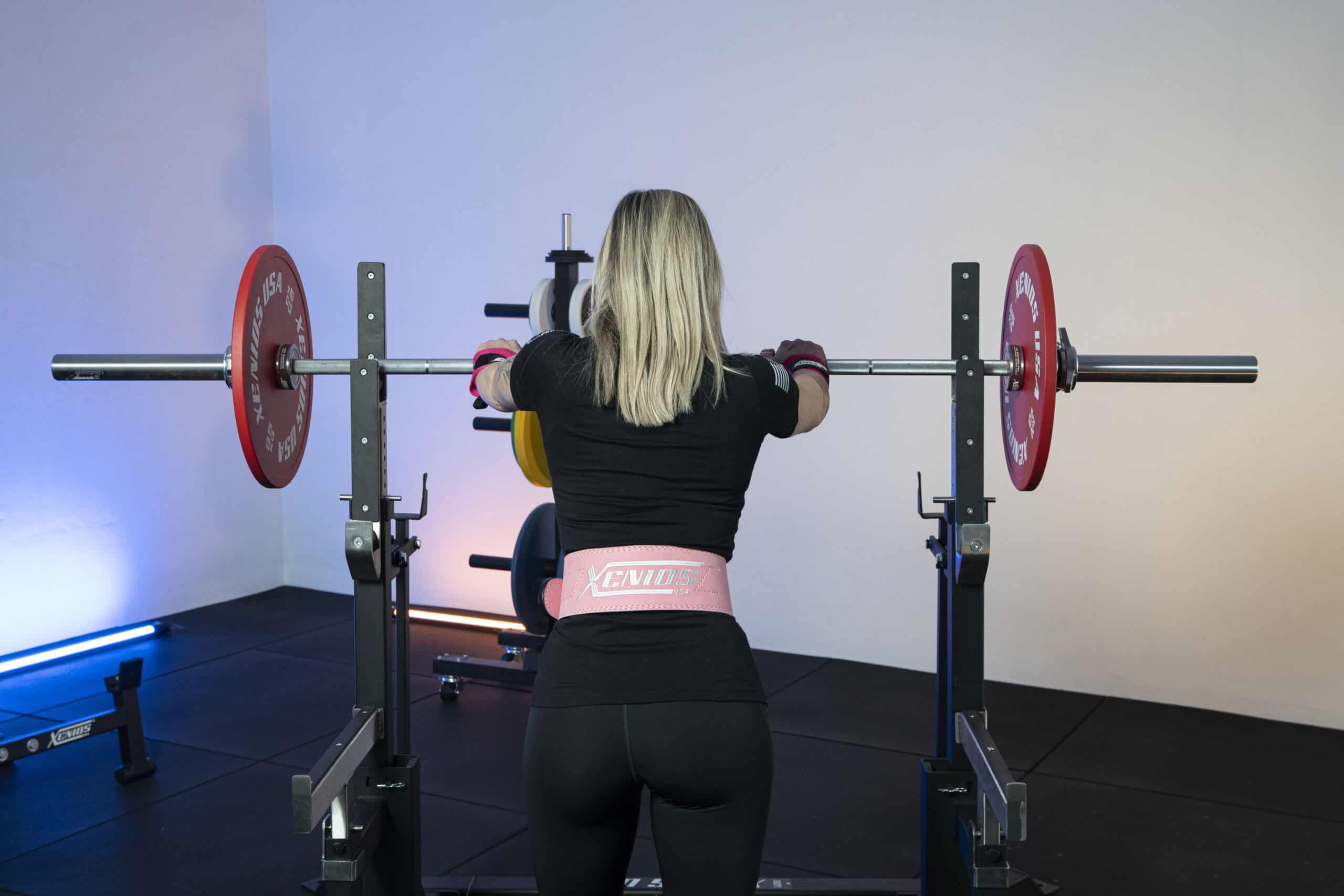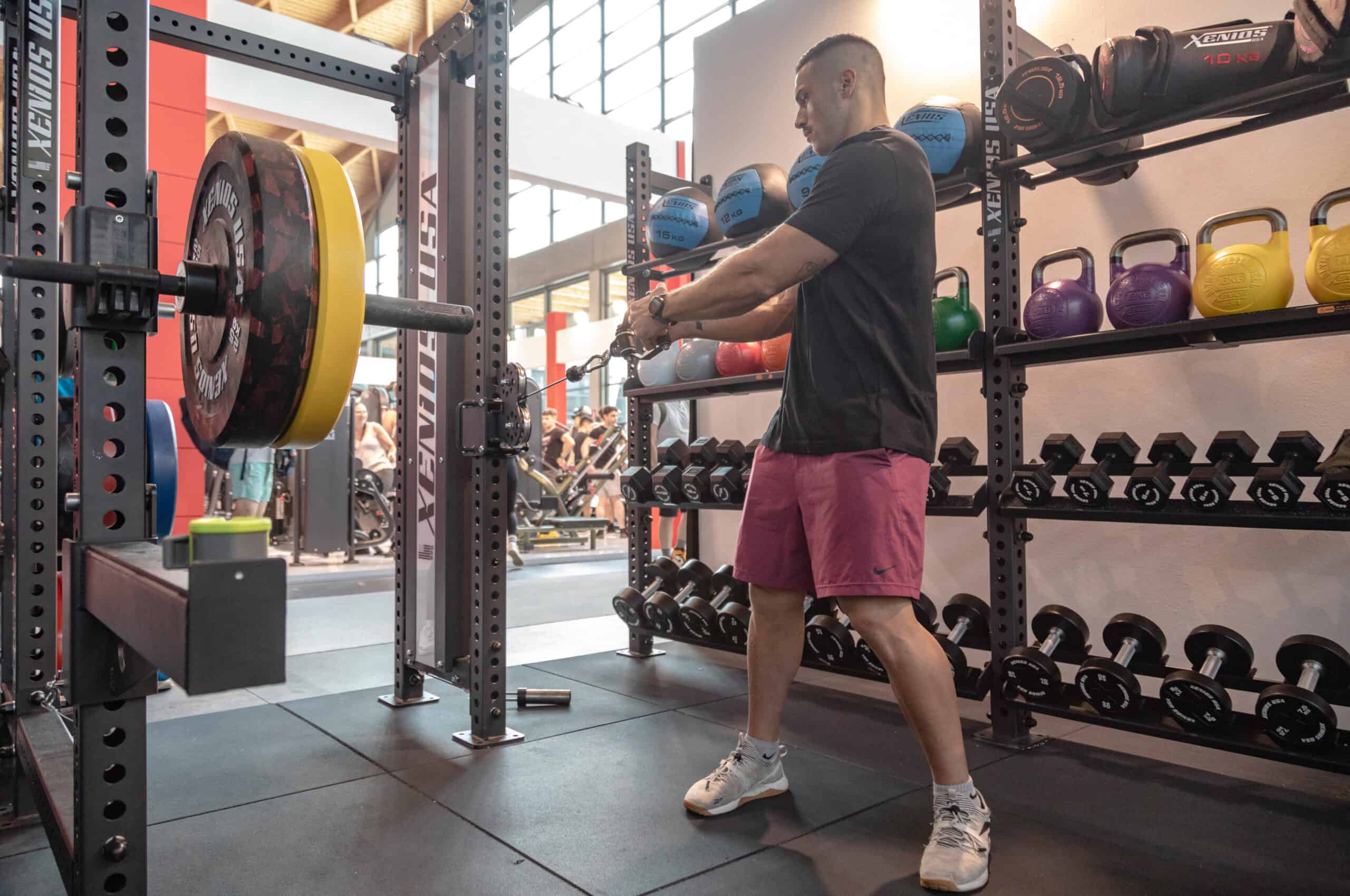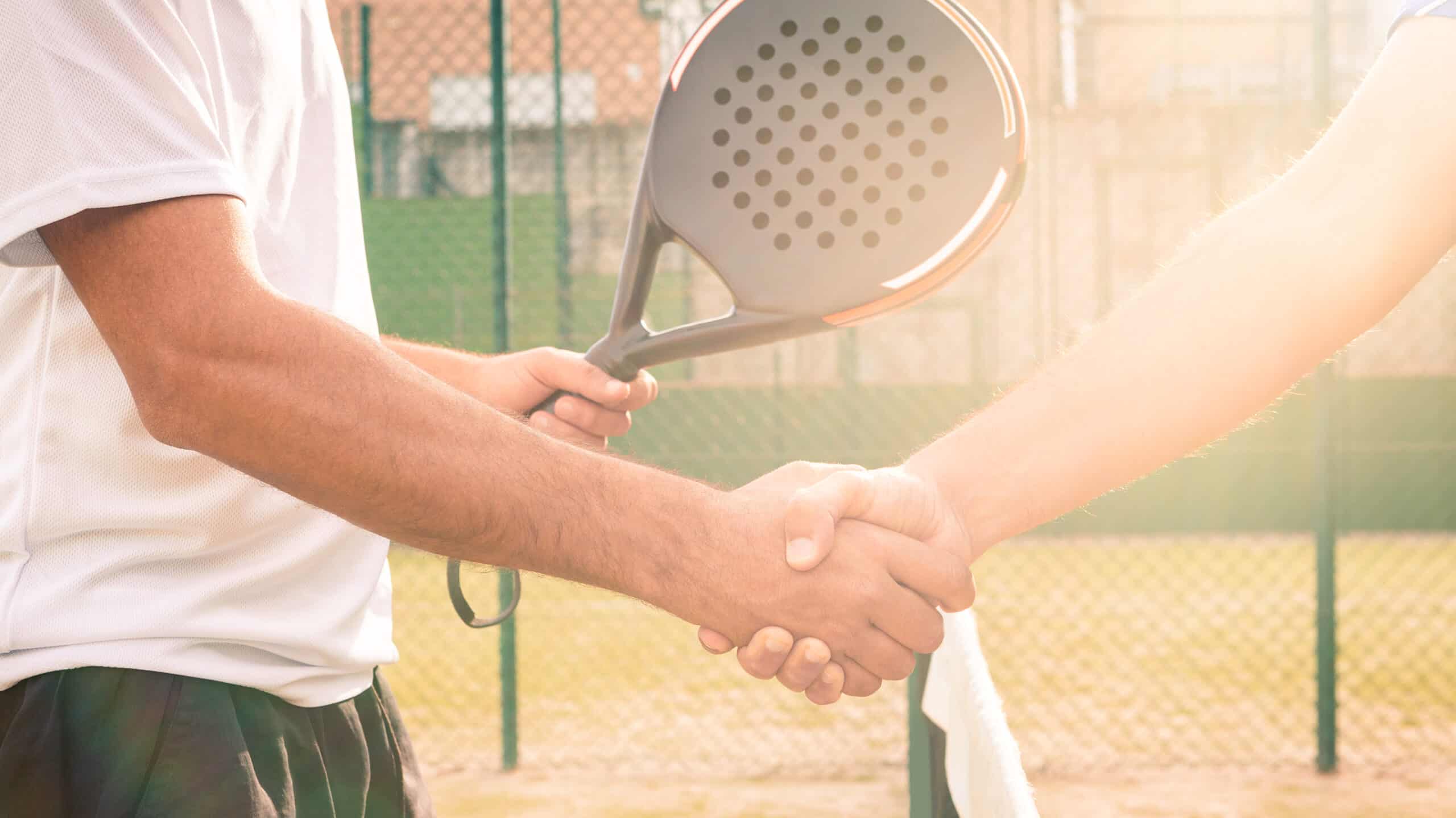Without movement there isn’t life. Everything moves, from the smallest particles to the biggest systems that make up the universe – everything is always in constant, precise, and interlocking movement. When an imperceptible change happens it affects everything, even if it’s light-years away. Everything has its purpose and in order for it to be efficient it has to perfectly harmonize with its surrounding context.
Everything functions like this, even our bodies.
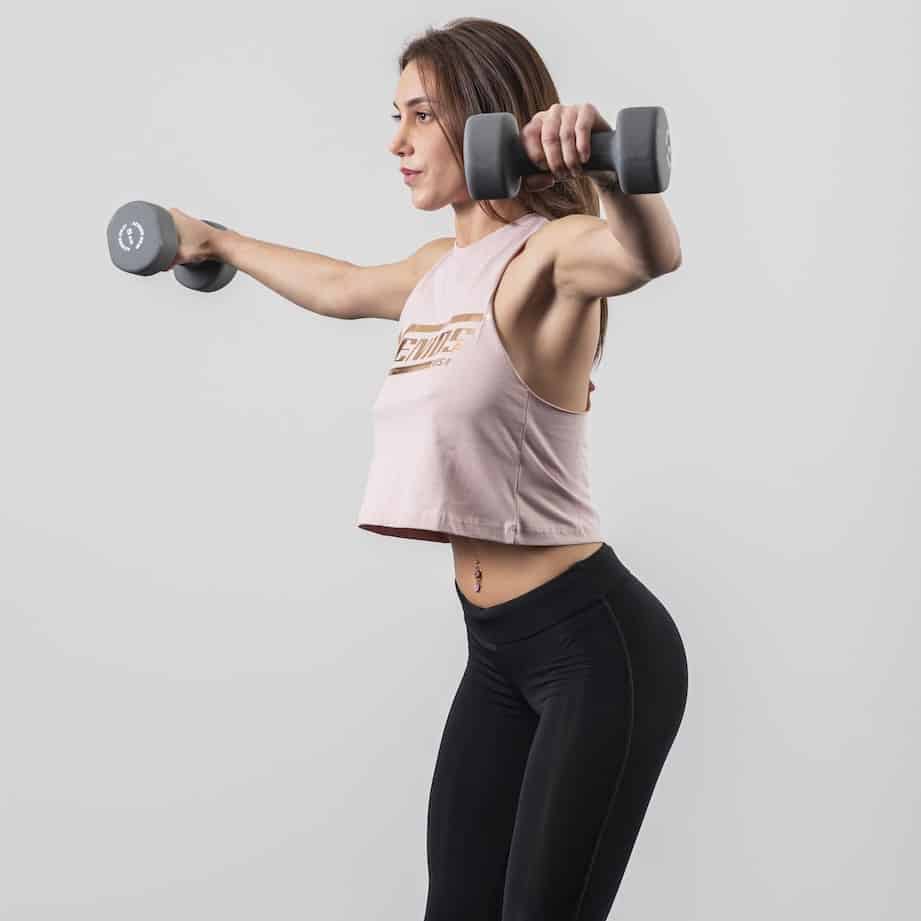
By making this simple reflection, it seems nearly impossible that for years workouts in gyms focused on using isotonic machines to isolate muscles, where the muscle was seen as a separate unit trained to exhaustion which creates hypertrophy so very desired by body builders, but is a barely functional movement and lacks global balance, to sum it up in one word it’s incomplete.
Imagine the human body as a combination of systems, each one has an organ with a specific purpose: we have a protection system (our skin), two of sustenance and movement (our skeleton and muscles), those of communication, control and integration (the nervous and endocrine system), systems of transport and defense (cardiovascular and lymphatic), others of transformation, regulation and maintenance (respiratory system, digestive and urinary) and, lastly, of reproduction and growth (reproductive system). Everything works in perfect balance.
Now imagine what would happen if these systems stop working in perfect balance with each other, stop communicating and interacting to balance each other out.
Every small change reflects on the other, forcing the body to adapt. This is how we’ve evolved, from the very first humans there’s been a continuous series of adaptations to external factors and stimuli that brought us to achieve an upright position and consequently a brain that’s unique to the world.
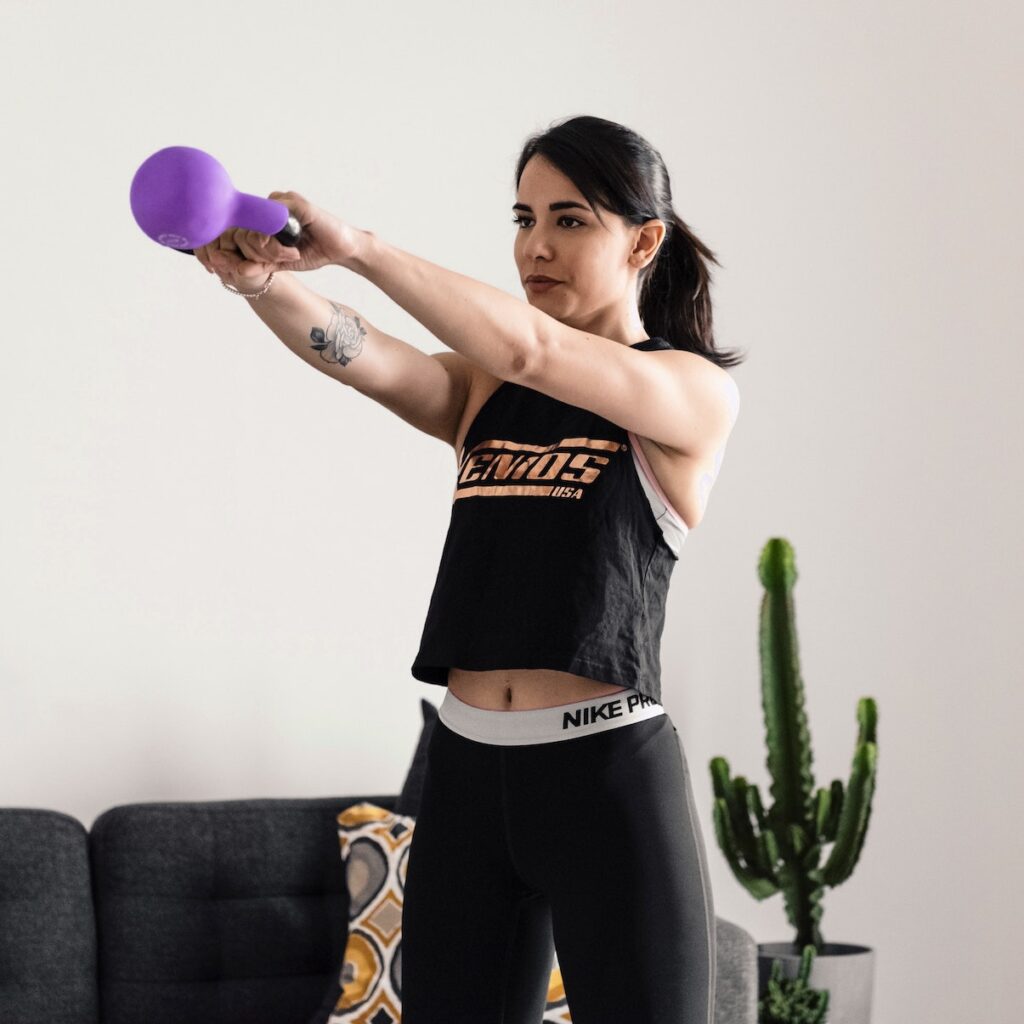
All of the systems that create our body are united among each other, every part has an action that it does, and without action there’s no function, without the goal of a function the action isn’t helpful for evolution. These “chains” that unite all of our systems are called “kinetic or kinematic chains”.
That’s why the definition of functional training comes from itself:
“Functional training is a training relative to the function for which a muscle or a kinematic chain exists and has evolved in a certain way.” (G. Bruscia)
The workout doesn’t have to be programmed considering just the action (as frequently done in traditional gyms), but also based on its function (functional training).
Functional Training = action + function.
Functional training has the ultimate goal of global development of the main motor skills: strength, endurance, power, balance, agility, coordination, and joint mobility.
“Movements that activate single muscle in an isolated way are defined as non functional. Movements that are defined as functional involve various muscles and muscle groups simultaneously.” – Gary Gray, founder of functional training.
What are the functions of our kinetic chains?
Divided in groups we have:
Hip extensor chain:
Propulsion
The hip muscles are the ones that mainly express strength and power. But considering the typical exercises for our lower body: squat, deadlift, lunges, leg press – are they enough? No. These exercises train the action of the muscle, but not their function, which is propulsion. So, what do we need to add? Every exercise that requires a propulsive thrust: jumps, leaps, plyometrics, walking uphill, running, swing, sprints, and ballistic exercises like clean, snatch, push press, etc.
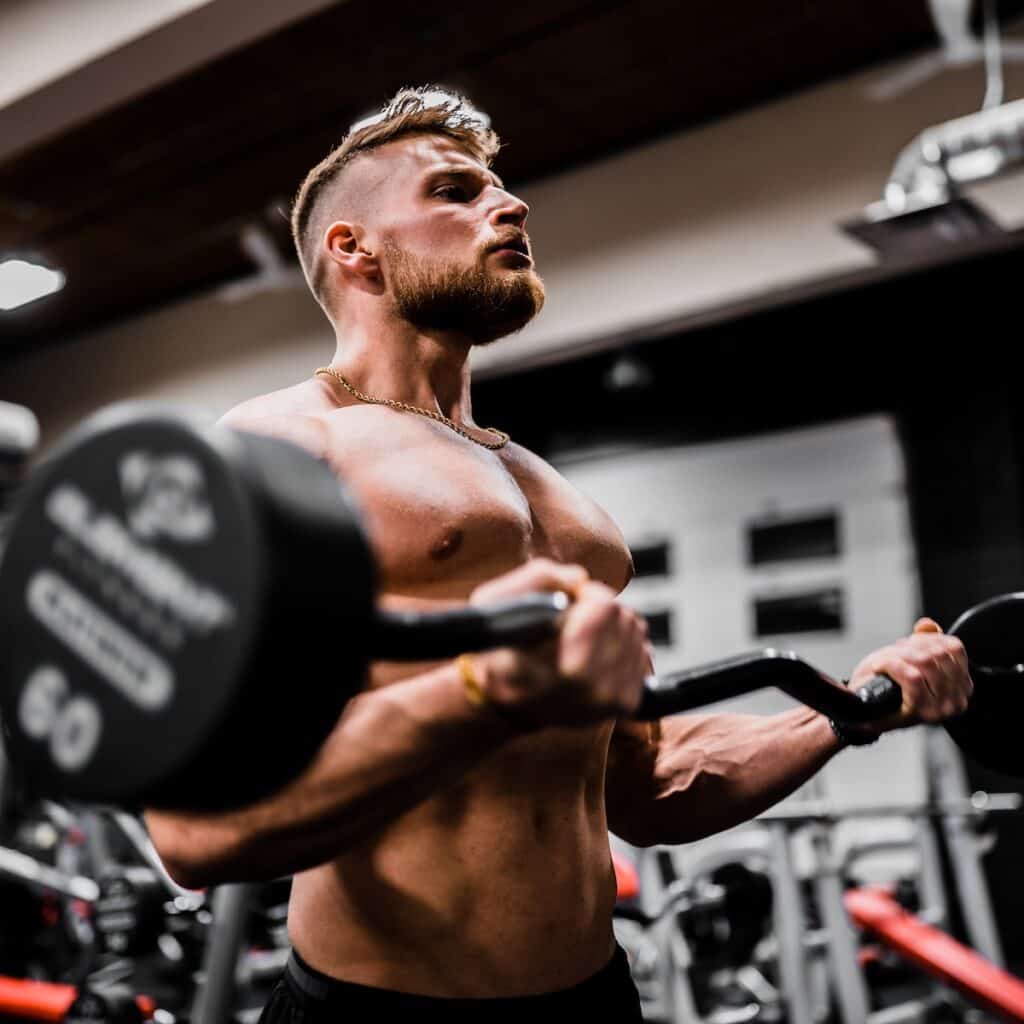
Abdominal band: the Core
Stabilisation and Control
Perhaps the most important area of bone-joint health, including the trunk and lower limbs, is a stable core that ensures balance and strength, increases the capacity of the body to perceive itself as a unit between the lower and upper limbs. Once the center of the body is stable, the limbs will have greater mobility and greater force, which means more efficiency and greater performance. Strength with little control over the movement isn’t efficient and a waste of energy. Having greater control of the movement makes it possible to run in a more efficient way, to jump and leap with greater coordination, all with a reduced risk of injury especially to the lumbar zone. That’s why exercises that strengthen the core in an upright position, like planks and twists where there is the maximum recruitment of stabilizer muscles is so important.
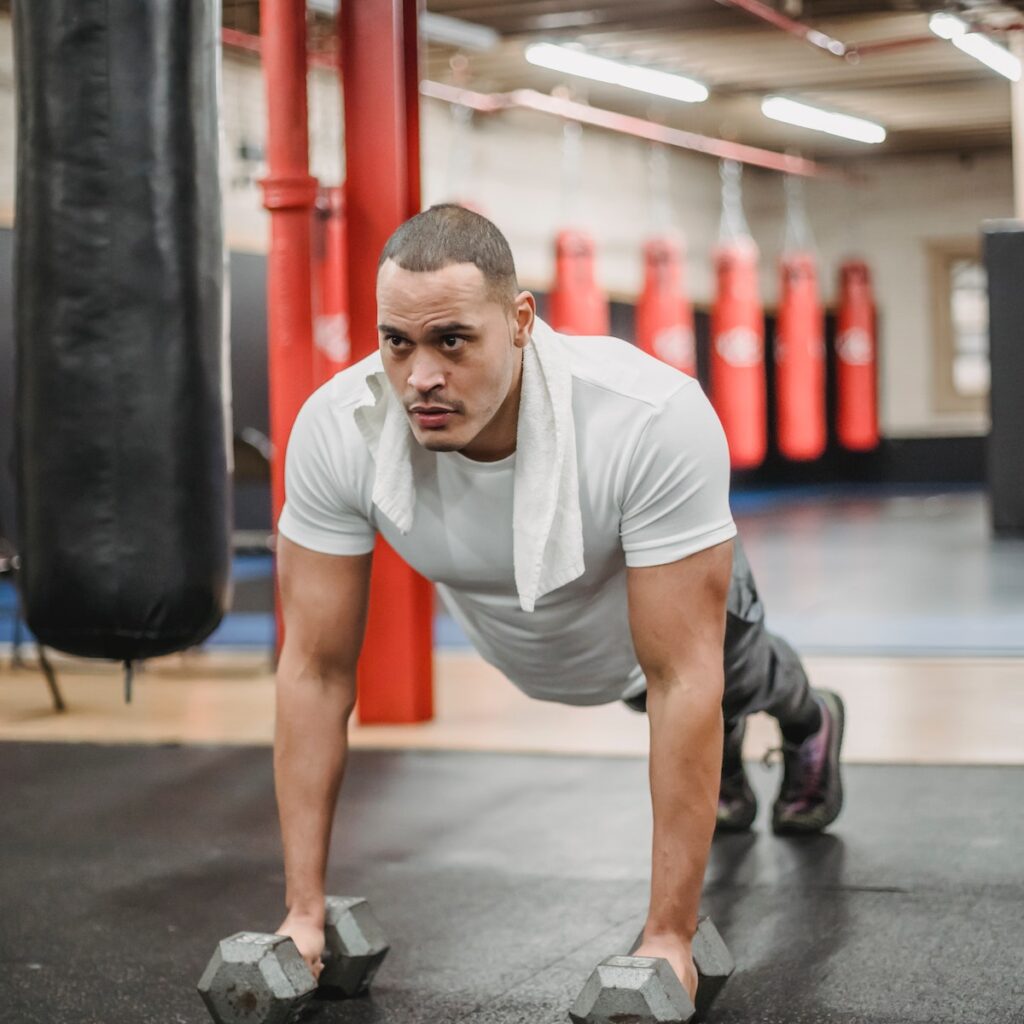
Shoulder girdle-humeral:
Force transducer
The girdle-humeral is an extremely complex intersection of muscles, tendons and auricular systems, it’s a joint that ultimately transmits forces arriving from the lower limbs, therefore, the best way to train it is to exploit the power coming from it from other chains: push press, jerk, clean & press.
Being able to train all of the body systems globally through functional training and good programming means:
- Optimizing the movement and interacting in the best way possible with the environment
- Improving balance and coordination
- Increasing athletic performance
- Increasing strength and endurance
- Help muscles recover faster from lesions
- Reinforce core muscles
- Reinforce muscle chains that are useful in everyday life
- Being able to work out at any age and at any fitness level
- Improving posture, muscle imbalances and dynamic stability
- Burn fat, lose weight, and get toned
- Alleviate stress
- Alleviate back pain
Functional training requires using exercises that are very varied and progressively more complex, making it fun and never monotonous.
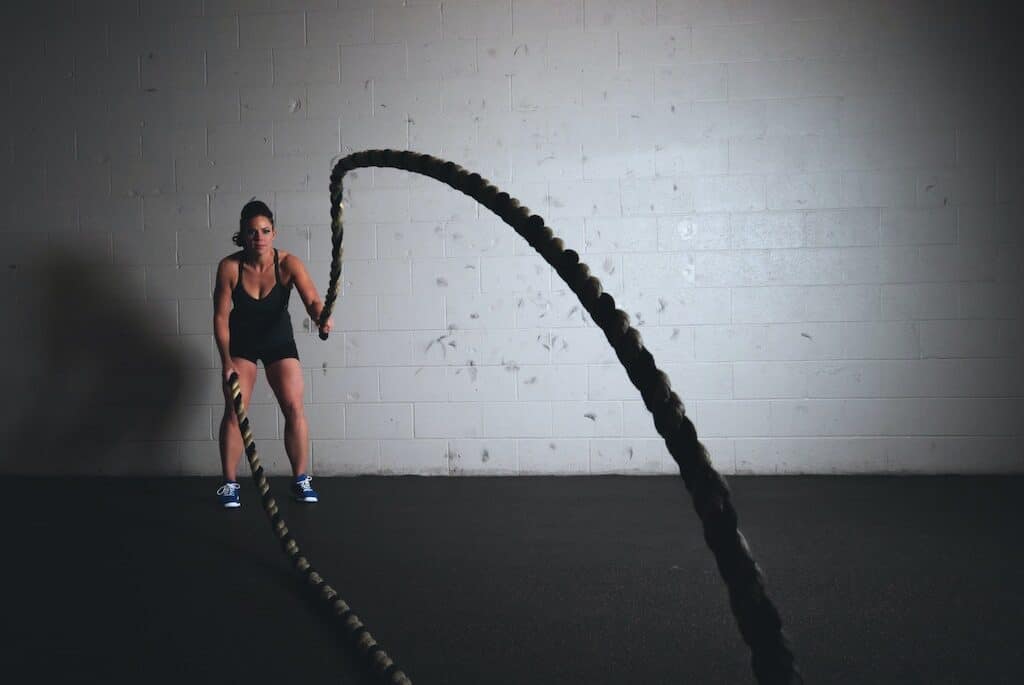
The functional training exercises
- Always involve different muscle groups at the same time
- Use instable elements, like small equipment and positions that are particularly unstable
- Include exercises with rotations and twists to work in a three-dimensional space that involves three planes of movement (frontal, sagittal and transverse)
- Requires great strength
- Exercises that control posture, stability and proprioception
- Alternating, when possible, the ways of contracting (eccentric, concentric, isokinetic, auxotonic, etc.)
- Combining movements of the upper and lower part of the body
- They should be carried out with the entire range of motion (the maximum arc that a certain movement can be performed)
It all starts from one’s own body considered as an overload (using bars for tractions or for parallettes, push ups, plyometric jumps, walking, running, etc.) up to arriving to the conventional equipment like kettlebells, medicine balls, elastics, bags filled with sand (powerbags, sandbags and Bulgarian bags) or with water (flowbags), rings (power ring), flying or trx (using your bodyweight in suspension), Bosu, Fit Ball, proprioceptive tables and so on, but not forgetting barbells and dumbbells.
Functional training is for everyone since it’s designed to teach how to move in the safest and most efficient way possible based on your structure and your fitness goal – that’s why it’s fundamental to trust an expert and a work method that knows how to personalize and adapt exercises, progress and loads to every individual.
“Functional training changes lives, makes us better, more active, strong and resistant. It’s not just about being toned, it’s about feeling efficient.” ( G. Bruscia)
Sources:
Allenamento Funzionale, Guido Bruscia ( 2015)
La verità sull’allenamento funzionale, G.Bruscia (2017)
L’allenamento ottimale, Weineck J (2009)
Gray Institute www.grayinstitute.com

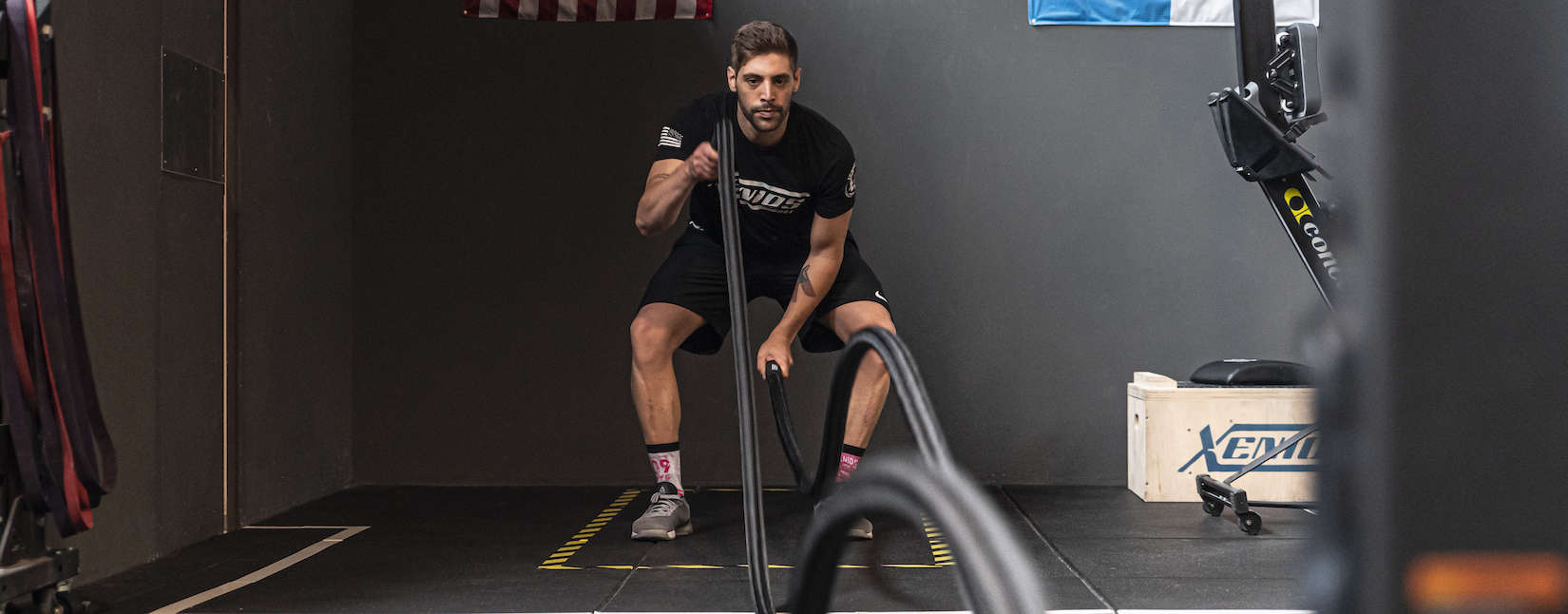
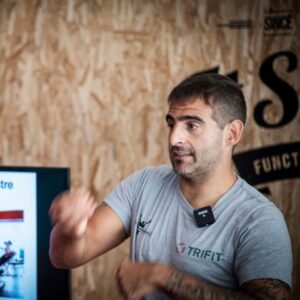
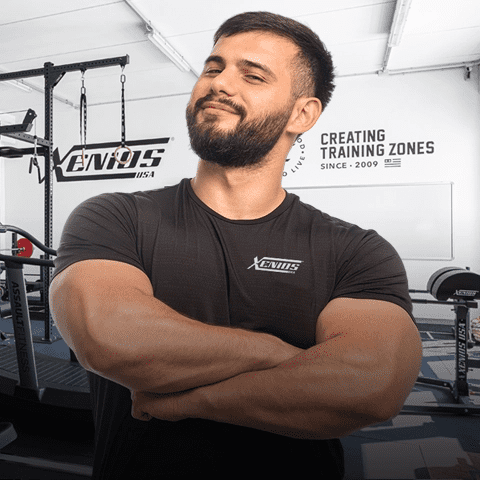
 Since 2009, we’ve been by your side, helping you create the perfect training spaces for Cross Training Boxes, Personal Trainer Studios, and professional Home Gyms.
Since 2009, we’ve been by your side, helping you create the perfect training spaces for Cross Training Boxes, Personal Trainer Studios, and professional Home Gyms.

